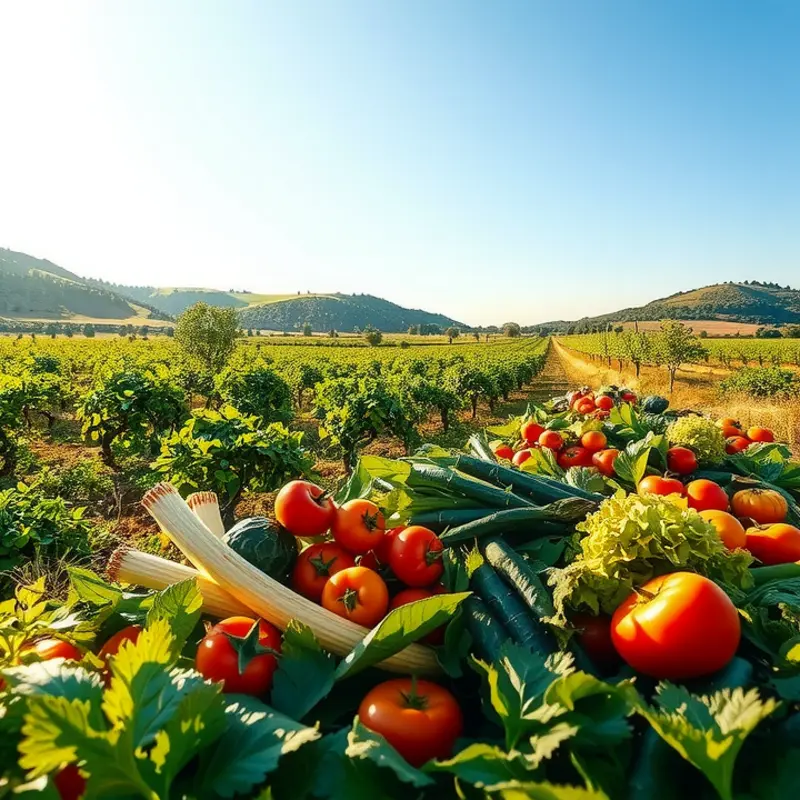Homemade sauces are flavorful additions to meals, but improper storage can lead to spoilage and waste. Understanding how to store them safely not only extends their shelf life but also enhances meal management and prevents food waste. Let’s delve into effective methods to keep your homemade sauces fresh and delicious.
Essential Storage Methods for Homemade Sauces

Storing homemade sauces safely involves selecting appropriate containers, mastering cooling techniques, and maintaining ideal storage temperatures. Each sauce type demands particular attention to extend its freshness and usability.
Choosing the Right Containers
The container plays a crucial role in preserving your sauce’s flavor and quality. Opt for glass or food-grade plastic containers with airtight lids to prevent air and bacteria from spoiling your creations. Glass jars are excellent for acidic sauces like tomato-based recipes, as they don’t react with the acid, maintaining the sauce’s taste and safety. Silicone bags are another eco-friendly option, perfect for sauces that need freezing. Avoid using metal containers, as they can corrode and alter the sauce’s flavor.
Effective Cooling Techniques
Proper cooling of your sauce before storage is vital to avoid bacterial growth. Before refrigerating, allow hot sauces to cool down to room temperature, ideally within two hours of preparation. Utilize an ice bath for faster cooling, especially for large quantities. Divide the sauce into smaller portions to expedite cooling, reducing the risk of contamination. Prompt cooling ensures that your sauce remains fresh and safe for consumption.
Optimal Storage Temperatures
Refrigeration is essential for extending the shelf life of most homemade sauces. Keep your refrigerator at or below 40°F (4°C) to inhibit bacterial growth. Certain sauces, like mayonnaise-based ones, may require refrigeration to prevent spoilage due to their egg content. To store sauces long-term, like pestos and creamy dressings, consider freezing them. Freezing at 0°F (-18°C) retains their quality for up to six months. When defrosting, do so in the refrigerator, not at room temperature, to maintain their safety and texture.
Avoiding Common Spoilage Mistakes
To avoid spoilage, never store sauces on the refrigerator door, as temperatures fluctuate there. Instead, place them on a middle shelf where the temperature is more consistent. Make sure containers are labeled with the preparation date to keep track of freshness, encouraging timely consumption. Avoid storing sauces alongside raw ingredients or proteins to prevent cross-contamination. Use designated sauce containers and utensils to maintain hygiene and minimize the risk of spoilage.
By understanding and implementing these storage practices, your homemade sauces can be enjoyed longer and in a safe manner. For more on reducing waste from spoilage, check our guide on safer storage of sauces.
Tips for Labeling, Freezing, and Utilizing Sauces

One of the most effective ways to ensure the freshness of your homemade sauces is to implement a comprehensive labeling system. Proper labeling not only helps you keep track of freshness but also enhances food safety. Ideally, a label should include the name of the sauce, the preparation date, and the best-before date. Creating a consistent method for labeling allows you to easily identify which sauces need to be used sooner, reducing the likelihood of waste.
When labeling, use waterproof markers and durable labels that withstand freezing conditions. Ensure the labels remain legible despite condensation that might occur during the freezing and thawing process. Use clear containers to improve visibility and make it easier to recognize sauces at a glance.
Freezing is an excellent method to preserve homemade sauces for extended periods. Many sauces, especially those without dairy, freeze exceptionally well and retain their flavor and nutritional qualities. For freezing, opt for airtight containers or heavy-duty freezer bags to prevent freezer burn and airtight seals to maintain flavor integrity. It’s essential to cool sauces to room temperature before freezing to prevent condensation inside the storage container.
Once frozen, it’s helpful to store similar sauces together. This practice not only maximizes organization but also makes meal planning easier, allowing you to quickly locate sauces for specific dishes. You can explore more about eco-smart storage practices in this guide.
Beyond preserving freshness, utilizing leftover sauces is crucial for minimizing waste. Consider incorporating leftover sauces into new dishes or as base ingredients in soups or stews. A marinara sauce might become a pizza base, whereas a creamy garlic sauce could transform into a unique pasta dish. Even small portions of leftover sauces can be culinary gold. Add a tablespoon to dressings or marinades for an unexpected flavor boost.
Adapting sauces into different meals allows for creativity in the kitchen and reduces the tendency to dispose of unused portions. This practice ensures you’re optimizing your culinary efforts and minimizing waste effectively. Additionally, combining sauces with complementary ingredients can create new cultural fusions, expanding your culinary repertoire.
In summary, an effective system for labeling and freezing combined with imaginative ways to reuse sauces allows you to savor the fruits of your labor longer. It decreases waste and provides opportunities to innovate in your culinary practices, ensuring each meal is both delicious and resource-efficient.
Final words
Storing homemade sauces correctly ensures that you enjoy the rich flavors of your creations for longer periods. By employing the right storage methods and techniques, you can minimize waste while enhancing your meal planning. Remember to properly label your jars, choose the right containers, and consider freezing sauces for future meals. Simple steps can significantly improve your food management strategies, allowing you to savor your homemade delights without worry.







